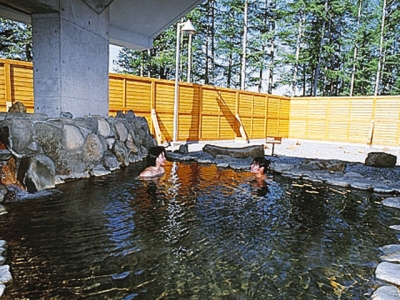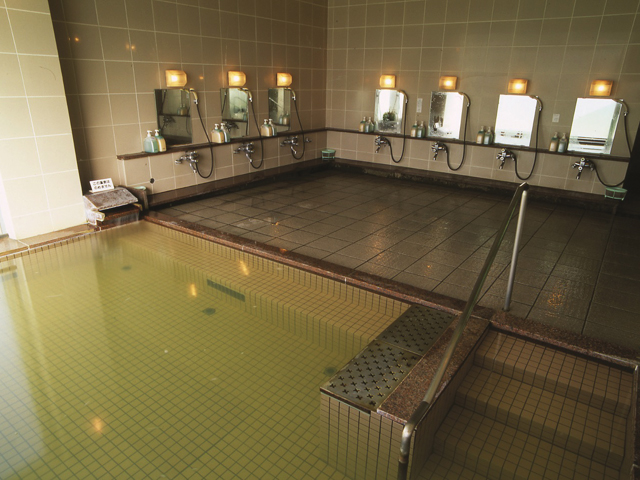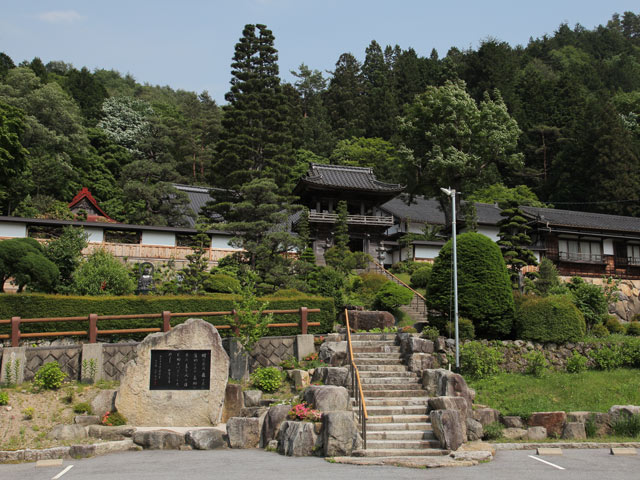You can see the Yagatake area from the bathroom of Yama no Onsen Bokidake
Spacious Tamamiya Onsen Bōdake's bath
Appearance of the hot water of Yama-miya Onsen Bōdake
The information provided reflects the details available at the time of the survey.
Please note that facility details may change due to the facility’s circumstances, so please check for the latest information before visiting.
This content has been translated using machine translation.
Information provided by: JTB Publishing
This content uses automatic translation services. Automatic translations may not always be accurate.
Please note that the translated content may differ from the original meaning. We ask for your understanding when using this content.









